On Tuesday, October 29, 1929, the American stock market on Wall Street, New York crashed. The event triggered the greatest economic depression of the 20th century. Starting in the early 1920s, the United States underwent a period of strong economic growth. America was the main exporter of agricultural and industrial products to Europe, where economies were struggling to recover after World War One. American industry also became faster and more efficient thanks to the introduction of the assembly line. The automobile industry enjoyed a boom, which gave impetus to road construction. The oil, steel and rubber industries also grew as a result. Great optimism spread throughout the US market. Professional investors and ordinary citizens alike all invested in stocks. The value of most stocks skyrocketed to dizzying heights. But this situation created a huge difference between the value of a company’s stock, and its actual, real market value. Many firms were created simply to allow investors to speculate on stock profits, and later proved to be frauds. Meanwhile, American industries continued to produce more and more. Domestic demand couldn’t keep up with all the goods that were being placed on the market.
Many products went unsold, and companies started to go bankrupt. The stocks of failing companies began to lose value. Financial speculators started to sell off their portfolios. Small investors panicked, and began to sell their stocks as well. This triggered the crash on Wall Street. The situation came to a head on Thursday, October 24. Stock values plummeted. People who had invested all their money in the stock market were left penniless. Eleven New York brokers committed suicide. By Tuesday, October 29, known as Black Tuesday, the crash was definitive. News of the crisis rapidly spread throughout the country. Thousands of people rushed to banks to withdraw their savings. This created a liquidity crisis that forced many banks to declare bankruptcy. Industries were suddenly left without capital to invest. Production declined dramatically, and layoffs swept every sector of the economy. In a short while, the number of unemployed Americans rose to over 12 million. The crisis soon spread from the US to Europe. It lasted until the end of the 1930s, and went down in history as the Great Depression.
Many products went unsold, and companies started to go bankrupt. The stocks of failing companies began to lose value. Financial speculators started to sell off their portfolios. Small investors panicked, and began to sell their stocks as well. This triggered the crash on Wall Street. The situation came to a head on Thursday, October 24. Stock values plummeted. People who had invested all their money in the stock market were left penniless. Eleven New York brokers committed suicide. By Tuesday, October 29, known as Black Tuesday, the crash was definitive. News of the crisis rapidly spread throughout the country. Thousands of people rushed to banks to withdraw their savings. This created a liquidity crisis that forced many banks to declare bankruptcy. Industries were suddenly left without capital to invest. Production declined dramatically, and layoffs swept every sector of the economy. In a short while, the number of unemployed Americans rose to over 12 million. The crisis soon spread from the US to Europe. It lasted until the end of the 1930s, and went down in history as the Great Depression.
RELATED
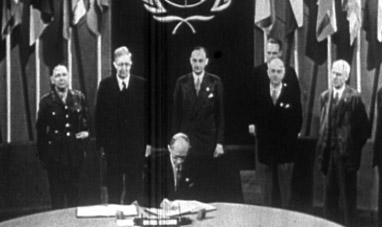

THE BIRTH OF THE UNITED NATIONS


THE KINGS OF ROME
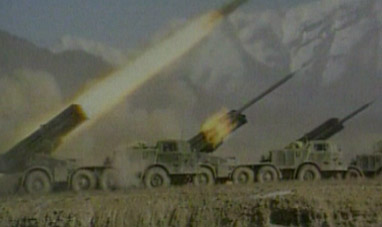

THE SOVIET INVASION OF AFGHANISTAN


SECOND ITALIAN WAR OF INDEPENDENCE
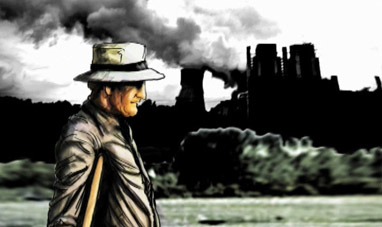

THE INDUSTRIAL REVOLUTION


THE RUSSIAN CAMPAIGN


INTELLIGENCE JULY 2015


THE BIRTH OF ISRAEL
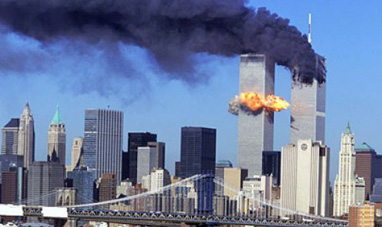

SEPTEMBER 11, 2001


FIRST ITALIAN WAR OF INDEPENDENCE


THE RAPE OF THE SABINE WOMEN
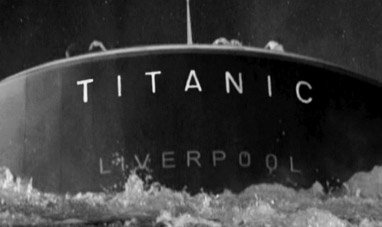

THE SINKING OF THE TITANIC
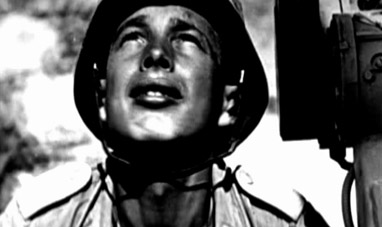

WORLD WAR II


THE SUEZ CRISIS


PERESTROIKA


THE FIRST GULF WAR


THE TROJAN WAR


JOHN MAYNARD KEYNES
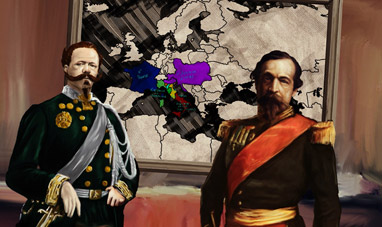

PLOMBIÈRES AGREEMENTS


EARLY CHINESE DYNASTIES
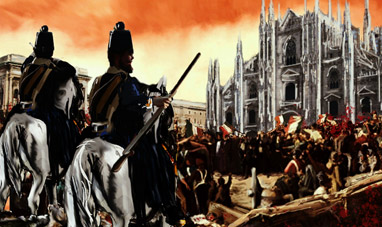

FIVE DAYS OF MILAN


DISCOVERY OF AMERICA, THE
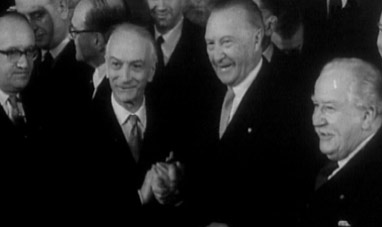

FOUNDING THE EUROPEAN COMMUNITY
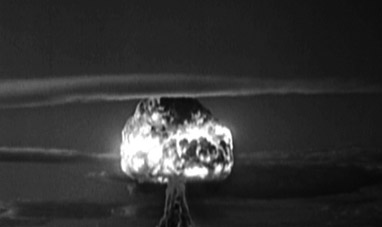

HIROSHIMA AND NAGASAKI


THE SECOND INTIFADA


FRANKLIN DELANO ROOSEVELT


THE PRAGUE SPRING


BUILDING THE SUEZ CANAL


ASIAN TSUNAMI 2004


THE EXPEDITION OF THE THOUSAND
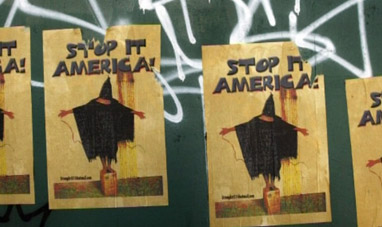

THE ABU GHRAIB SCANDAL


I MOTI DEL '48
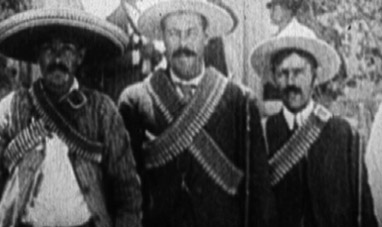

THE MEXICAN REVOLUTION
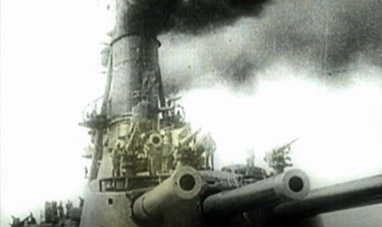

THE OUTBREAK OF WORLD WAR I


THE 2001 ARGENTINE ECONOMIC CRISIS


THE FIRST MOON LANDING
